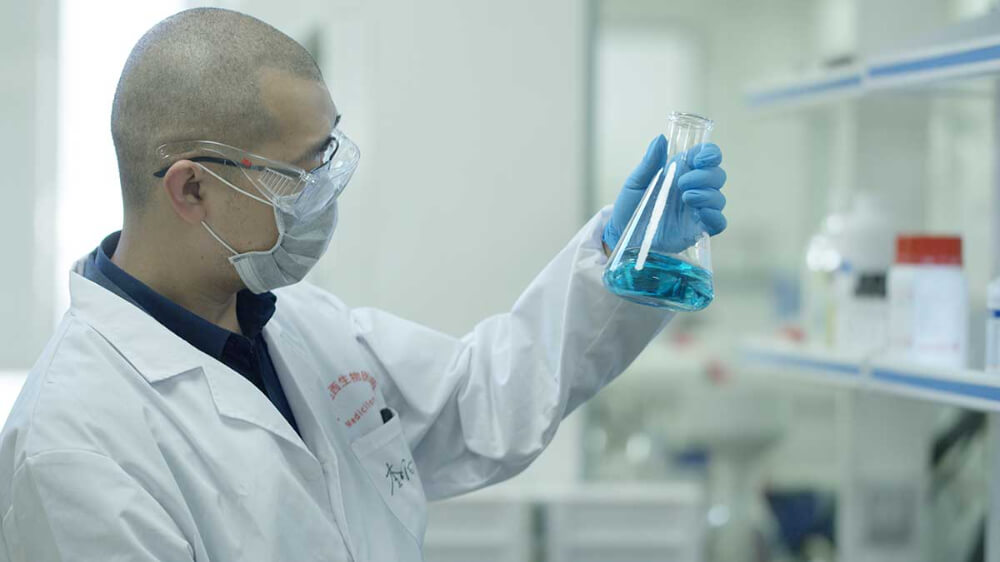Traditionally the approach biopharmaceutical industries had adopted in treating patients at different stages of drug development was the idea of one dose fits all. However, in many clinical cases, such as obesity, genetic variation, and organ impairment, the average dose used for all patients can lead to significant efficacy and safety concerns. Therefore the primary goal is finding alternatives that can save costs and resources while focusing on developing innovative therapeutic options.
Today medical space is increasingly moving towards personalized and precision medicine. This paradigm employs proteomic and genomic data to predict the associated risk factors and to detect and manage diseases much earlier. The success of personalized and precision medicine largely depends on pharmacokinetic and pharmacodynamic (PK/PD) studies. Hence many pharmaceutical companies are now focused on optimizing PK/PD assay design during clinical trials. Understanding the significance of PK/PD modeling, the current article explores emerging trends in PK/PD assay in drug development and precision medicine.
Emerging trends in PK/PD modeling
PK assay studies the effect the body has on the drug product. Researchers assess PK samples either through compartmental or non-compartmental analysis. Moreover, pharmacokinetic evaluations can involve assessments such as ADA PK analysis which evaluates anti-drug antibody formations. On the other hand, pharmacodynamics examines the effect a drug product has on the body.
Physiologically based pharmacokinetic modeling is an amazing approach to drug development and precision medicine. Nevertheless, it can be said that it is similar to traditional compartmental and non-compartmental PK/PD modeling techniques, with greater fidelity and increased model complexity. As physiologically based pharmacokinetic modeling is increasingly impacting femtogram levels, they are now a powerful tool for precision and personalized medicine.
Physiologically based pharmacokinetic modeling has unique advantages. This model not only considers the characteristics of the drug formulation but also assesses the underlying physiology of the patient and its variability observed within the population. An additional advantage of this modeling is the power of extrapolations. Once the model is verified for a drug in a specific population, it can be employed for another population as the formulation remains the same. This possibility is crucial when transferring the model from healthy volunteers to the elderly population.
Metabolomics is also exclusively used in precision and personalized medicine. Approaches such as pharmacogenomics use genetic polymorphism to identify individual drug responses and are used to classify patients as drug responders or non-responders or rapid or poor drug metabolizers. However, it may not necessarily correlate with the phenotype of a patient, nor does it provide information about the current state of a patient.
Metabolomics processes have advantages over pharmacogenomic methods. Metabolomics can explain inter-individual variation in drug PK/PD data as it is a direct depiction of the current metabolic state. The metabolite profile is a direct readout of an individual’s demographic factors, microbiota, or environmental interactions. Moreover metabolomics studies can be performed in a targeted or untargeted manner. These modes are advantageous for generating hypotheses as well as data in biomarker discovery studies. In conclusion, an interplay between pharmacokinetics and pharmacodynamics data remains a crucial factor in the development of personalized and precision medicine.
Must Read: PK/PD Analysis for Biologics: Unique Considerations and Approaches

















